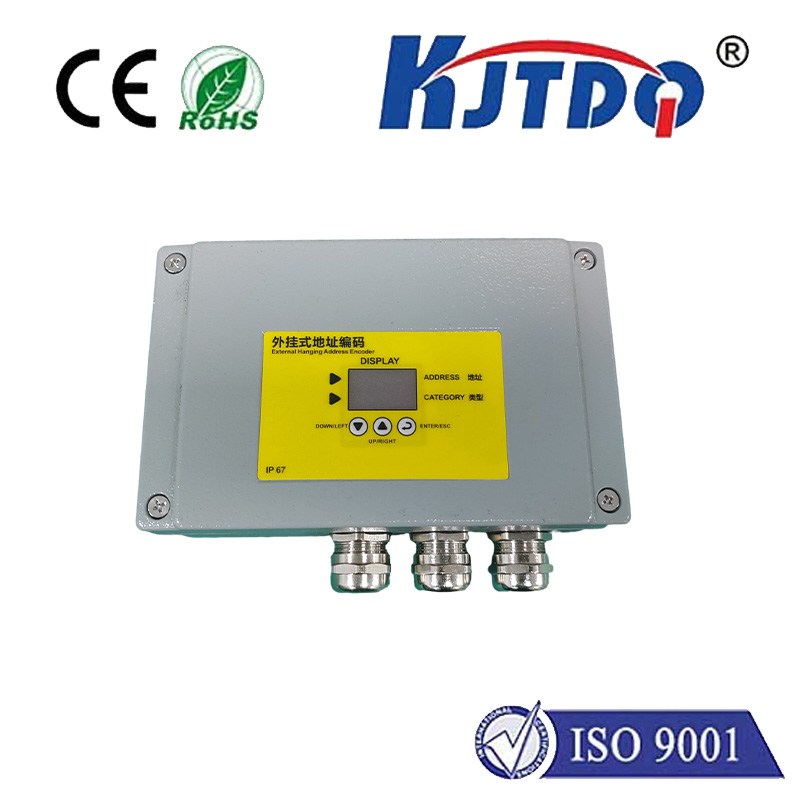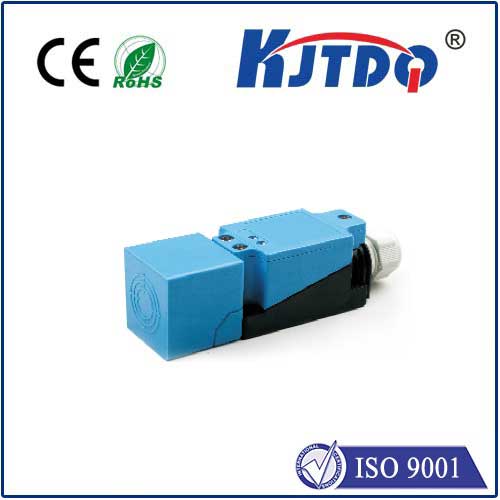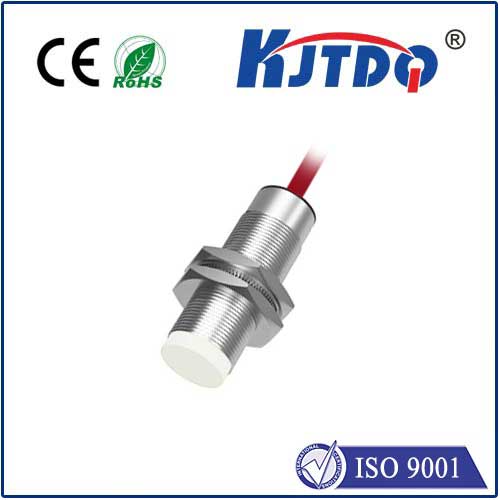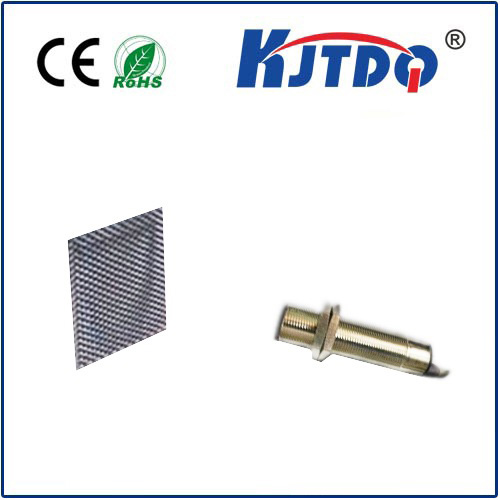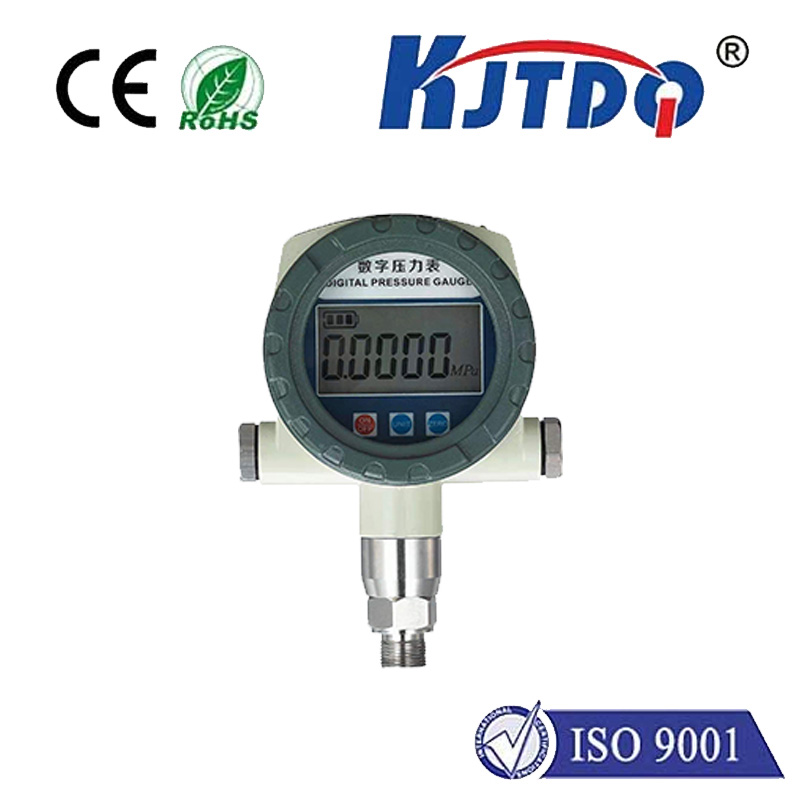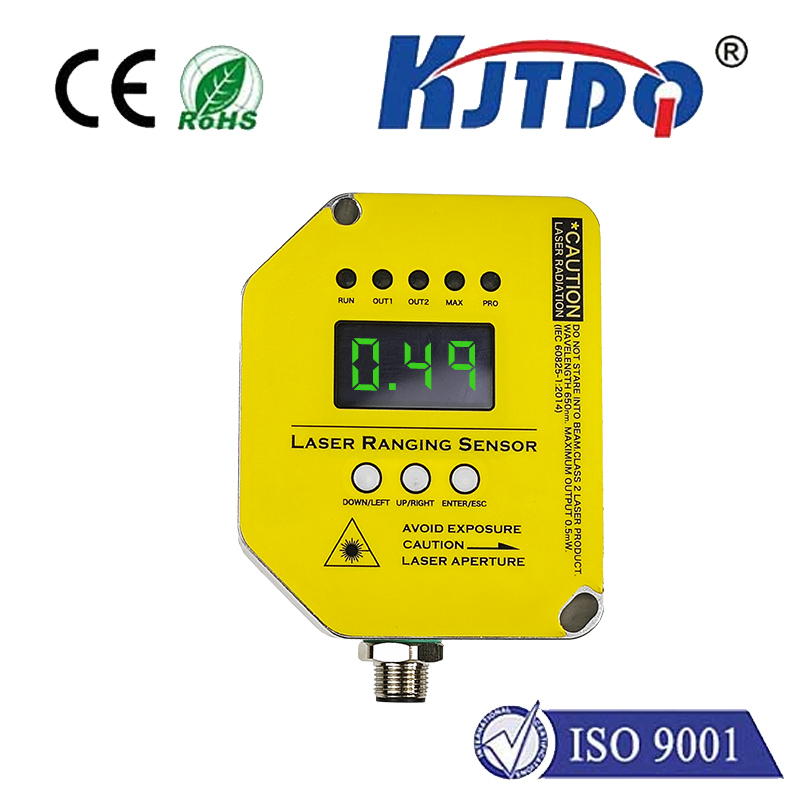elevator final limit switch
- time:2025-08-04 12:28:33
- Click:0
The Unsung Hero: Understanding Elevator Final Limit Switches
Ever wonder what stops an elevator car from crashing into the top of the shaft or plunging past the lowest floor? While smooth rides and timely arrivals get the attention, a silent, critical guardian operates at the very extremes of the hoistway. This essential component, the elevator final limit switch, is the absolute last line of defense in preventing catastrophic overtravel. Often overlooked, its flawless operation is fundamental to passenger safety and system integrity.
What Exactly is an Elevator Final Limit Switch?
Think of it as the emergency brake positioned at the ends of the elevator’s travel path. Unlike the regular limit switches that signal the car to start slowing down as it approaches a landing, the final limit switches are strategically placed beyond the normal top and bottom terminal landings. Their sole, critical purpose is to interrupt power to the elevator drive motor and brake if all other normal stopping systems fail.
Here’s how they function:
- Position: Mounted in the elevator hoistway, the top final limit switch is located above the highest point the elevator car should ever reach during normal operation. Similarly, the bottom final limit switch is positioned below the lowest landing level.
- Activation: Instead of being activated by the elevator car itself like normal landing controls, final limit switches are typically tripped by a device mounted directly on the elevator counterweight. As the counterweight moves inversely to the car, its activation device (like a cam or striker plate) engages the final limit switch if the car travels too far.
- Function: When the counterweight’s activator hits the final limit switch, it causes an immediate, hardwired cut-off of power to the drive motor and applies the safety brake. This action is designed to bring the elevator car to a stop before it collides with the overhead structure (at the top) or crushes into the pit buffer (at the bottom).
Why “Final” Limit Switches are So Critical

Their designation as “final” isn’t arbitrary. They represent the absolute last electrical safety mechanism:
- Beyond Normal Limits: They are positioned further out than the normal terminal slowing, terminal stopping, and terminal limit switches. If those earlier layers of protection fail (due to misadjustment, component failure, or control system error), the elevator car keeps moving towards danger.
- Independent Safety: Final limit switches operate on a redundant and independent safety circuit. This circuit is deliberately designed to be separate from the elevator’s main control logic. It’s often hardwired directly to the motor starter and brake coil, bypassing any potentially faulty controllers or software. This independence is crucial for reliability in a failure scenario.
- Preventing Buffer Collision: The primary goal of the top final limit switch is to stop the car before it physically hits the overhead structure. Similarly, the bottom final limit switch aims to halt the car before it engages the pit buffer at full or excessive speed. While buffers are designed to absorb impact energy in an emergency, preventing their engagement at high speeds is vastly preferable and significantly reduces the risk of damage or injury.
- Critical Clearance: Proper installation and maintenance ensure that activating the final limit switch leaves sufficient space (typically mandated by codes like ASME A17.1/CSA B44) between the car/counterweight and the pit buffer or overhead structures. This safety clearance zone is vital for absorbing residual momentum safely.
The Difference: Final Limit vs. Normal Limit Switches
It’s easy to confuse final limit switches with other switches in the hoistway. Here’s the key distinction:
- Normal Limit Switches: These include the normal terminal slowing switch (initiates slowdown), normal terminal stopping switch (commands stop at the landing), and sometimes a terminal limit switch (a backup stop signal). They are activated by the elevator car and are part of the normal landing sequence control.
- Final Limit Switches: Activated by the counterweight, positioned beyond the normal terminal stopping points, and function solely as an emergency power cut-off device on a dedicated safety circuit. They are not involved in normal stopping; their activation signifies a dangerous failure of preceding systems.
Maintenance and Compliance: Non-Negotiable Safety
Given their role as the ultimate electrical safeguard, the reliability of final limit switches is paramount. Regular, thorough inspections and maintenance are mandated by safety codes worldwide (ASME A17.1/CSA B44 being the benchmark in North America). Technicians meticulously check:
- Alignment and Clearance: Ensuring the counterweight activator perfectly aligns with the switch at the correct position.
- Mechanical Operation: Verifying the switch trips cleanly and positively when engaged.
- Electrical Function: Confirming that activating the switch reliably cuts drive power and applies the brake. The integrity of the entire independent safety circuit is tested.
- Corrosion and Damage: Inspecting for physical wear, environmental damage, or contamination that could impede function.
Neglecting these checks can render this vital safety net useless when it’s needed most. Building owners and managers bear the responsibility for ensuring these inspections are performed by qualified personnel at prescribed intervals.
The Evolution and Future
While the fundamental principle remains unchanged, final limit switch technology has evolved. Modern switches are often more robust, sealed against dust and moisture, and designed for millions of reliable operations. Some systems incorporate diagnostic features. However, the core inherent safety of a mechanically activated switch operating a redundant, hardwired circuit remains a cornerstone of elevator safety philosophy because of its simplicity and independence from complex control systems. Redundancy is often built-in, with multiple switches or redundant circuit paths sometimes employed for extra assurance.
Conclusion: A Silent, Vital Protector
The next time you step into an elevator, spare a thought for the unassuming components operating far above and below the cab you see. The elevator final limit switch embodies a critical safety principle: a simple, independent, fail-safe mechanism guarding against the most extreme failure modes. Its presence, though unseen, provides an essential layer of protection, ensuring that even when multiple systems fail, there is a definitive electrical barrier preventing disaster at the shaft’s extremities. Proper installation, rigorous testing, and unwavering maintenance commitment are non-negotiable to keep this vital guardian functioning as intended, safeguarding lives with every journey.








